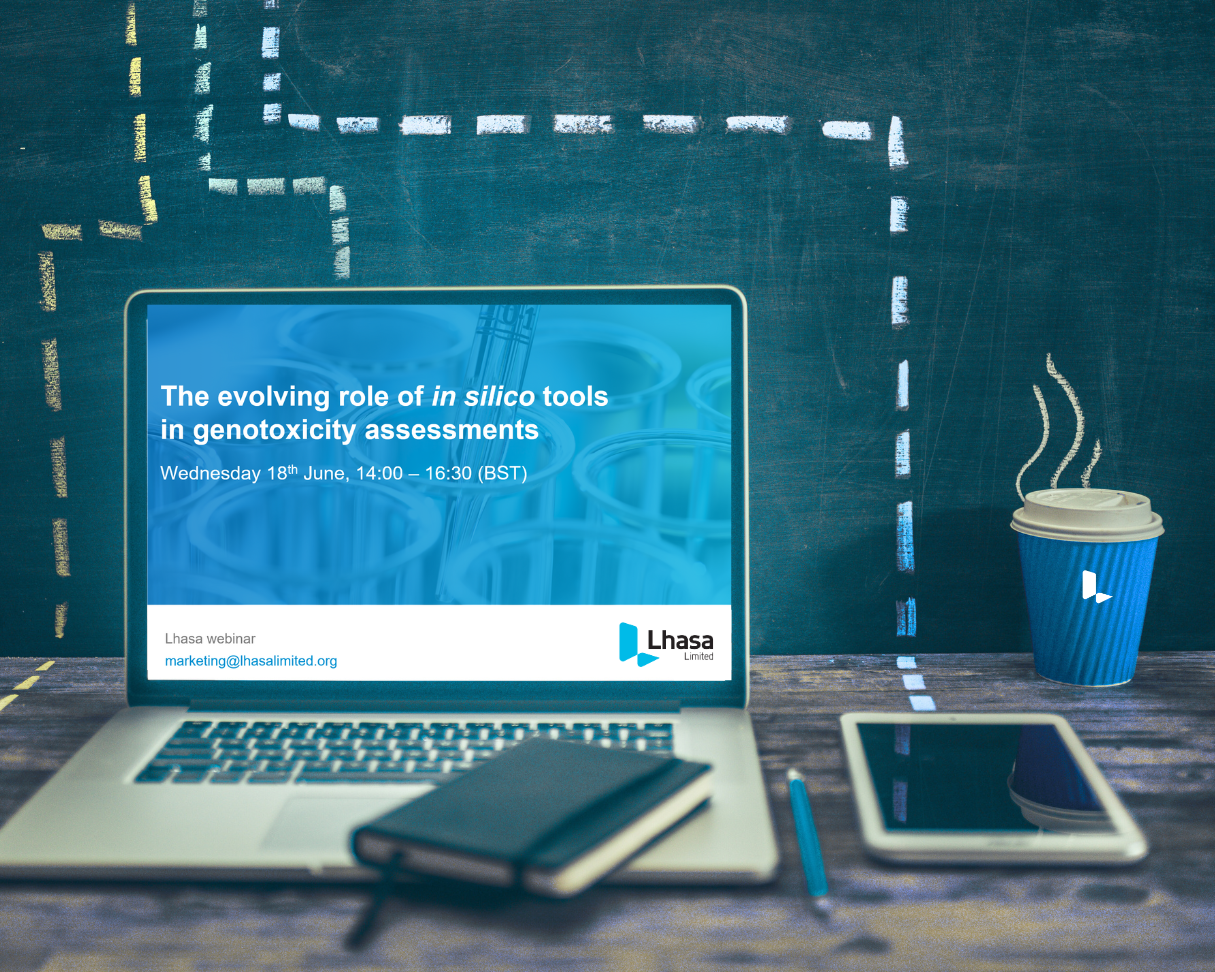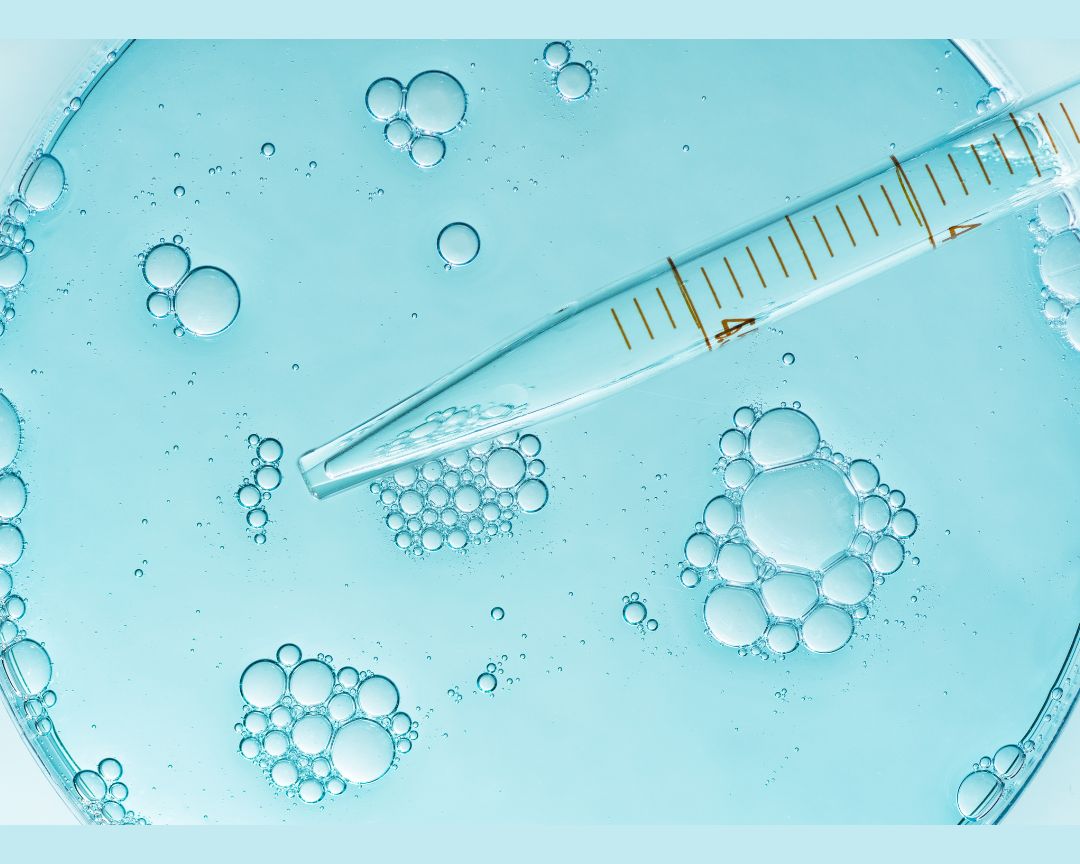Veterinary medicines are commonly used by veterinarians, farmers and pet owners to treat and prevent animal diseases. Like what is already in place for pharmaceutical products within ICH M7, a guideline is also available for veterinary medicinal products to ensure appropriate control of mutagenic impurities. The guideline provides a practical framework that is applicable to the categorisation, identification, qualification, and control of DNA reactive (mutagenic) impurities, to limit potential carcinogenic risk associated with the exposure to potentially mutagenic impurities.
Robert Foster, Principal Scientist at Lhasa Limited explains how Lhasa are working to support this guidance “This regulation has been based on the ICH M7 guidelines for controlling mutagenic impurities in pharmaceutical products, requiring predictions from two complementary (Q)SAR models. Therefore, the predictions of bacterial mutagenicity made by Derek Nexus and Sarah Nexus can be used to support the assessment and control of mutagenic impurities in veterinary medicinal products. Utilising the ICH M7 classification workflow, which provides predictions from both models as well as semi-automated expert review arguments and hazard classification, a full assessment can be completed within Nexus.”.
The significance of (Q)SAR models
(Q)SAR is a computational approach that predicts the properties and potential risks of chemical compounds, including veterinary medicinal products, without the need for extensive laboratory experiments. (Q)SAR models, such as Derek Nexus and Sarah Nexus, play a crucial role in supporting regulatory compliance and can be used in screening during development. By analysing the structure of a compound, (Q)SAR models provide valuable insights into compounds potential hazards, assisting scientists in making informed decisions during veterinary medicinal product development.
Complying with the veterinary medicinal products mutagenic impurities guideline
To assist with regulatory compliance, Lhasa offer in silico solutions to address some of the key requirements of the veterinary medicinal products mutagenic impurities guideline:
- Identification of impurities: in silico systems can aid in identifying potential impurities that need to be assessed for their mutagenicity potential. In this scope, Zeneth can predict degradation products, while Mirabilis can predict impurities that may arise from the manufacturing process of the active ingredient.
- Toxicity assessment: Derek Nexus and Sarah Nexus predict the toxicity of impurities from veterinary medicinal products based on their chemical structure. These tools aid in identifying potential hazards, ensuring compliance with risk assessments and safety regulations.
(Q)SAR models play a vital role in achieving compliance with the guideline on assessment and control of mutagenic impurities in veterinary medicinal products. By predicting toxicity and identifying impurities, these tools facilitate informed decision-making throughout the veterinary medicinal product development process. Harnessing the power of (Q)SAR models ensures the safety and efficacy of veterinary medicines, thus contributing to the well-being of animals and humans.
If you would like further information on how our in silico solutions can support your assessment and control of mutagenic impurities in veterinary medicinal products, please get in touch.
Check out our current veterinary members, on our members page.
Last Updated on January 10, 2025 by lhasalimited



